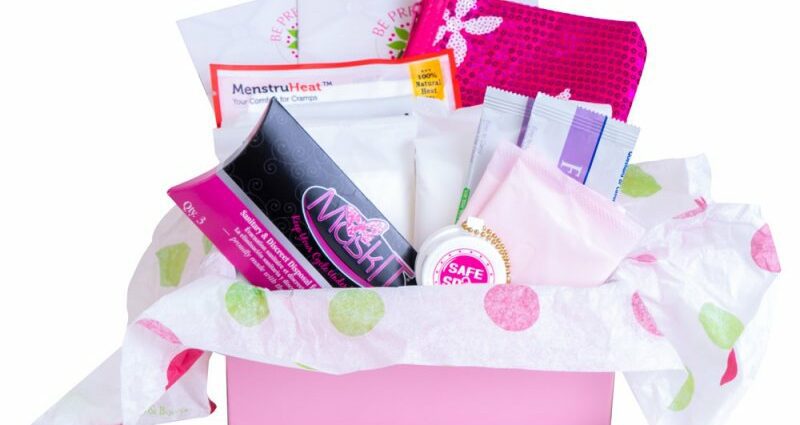មាតិកា
ឈុតរដូវដំបូង៖ របៀបពិភាក្សាជាមួយកូនស្រីរបស់អ្នក?
No more blue liquid in sanitary napkin ads. Now we are talking about blood, organic sanitary napkins, first period kit. A multitude of sites offer educational information and visuals that allow you to talk about it and inform your daughter. A mother-daughter dialogue essential for the new generations to know their bodies.
Towards what age to talk about it?
There is no “right time” to talk about it. Depending on the person, several conditions can come into play:
- The young girl must be available to listen;
- She must feel confident to ask the questions she wants;
- The person interacting with her must respect the secrecy of this conversation and not mock or be in judgment if the question seems ridiculous to them. When you don’t know the subject, you can imagine a lot.
“Each woman begins to have her period at different times, generally between 10 and 16 years old,” says Dr. Arnaud Pfersdorff on his Pediatre-online site.
“Nowadays the average age of onset is 13 years old. He was 16 years old in 1840. This difference can be explained by the progress made in terms of hygiene and food, which may suggest a better state of health and earlier development, ”he underlines.
The first telltale signs that may prompt you to talk about your period are the appearance of the chest and the first hairs. Most menstruation occurs two years after the onset of these bodily changes.
A part of genetics exists, since the age at which a girl has her period often coincides with the one at which her mother had hers. From the age of 10, it is therefore advisable to talk about it together, which allows the young girl to be prepared and not to panic.
Lydia, 40, mother of Eloise (8), has already started to broach the subject. “My mother hadn’t informed me and I found myself once with blood in my panties when I was 10 years old. I was very afraid of being injured or seriously ill. For me it was a shock and I cried a lot. I don’t want my daughter to go through this ”.
How to talk about it?
Indeed for many women, the information has not been transmitted by their mother, too embarrassed to broach the subject or perhaps not yet ready to see their little girl grow up.
They were often able to find information from girlfriends, a grandmother, an aunt, etc. Family schedules are also present to inform young girls, but especially concerning contraception. Teachers through biology lessons also play a big role.
Today the word is freed and many books and websites offer educational information on the question of rules. There are also playful and very nice kits, made by the seamstresses or to do it yourself, which contain: an educational booklet, tampons, towels, panty liners and a pretty kit to store them.
To talk about it, no need to use big metaphors. Psychologists advise to get to the point. Explain how the body works and what are the rules, what they are used for. We can use images of the human body which illustrate the explanation. It’s easier with a visual.
The girl should also know:
- what are the rules for;
- how often they come back;
- what stopping menstruation means (pregnancy, but also stress, illness, fatigue, etc.);
- what products exist and how to use them, if necessary show how a tampon works, because it is not always easy at first.
You can approach this subject with your daughter in a very respectful way, without going into her privacy. Just as we can talk about acne or other annoyances associated with adolescence. The rules are a constraint but also a sign of good health, which indicates that in a few years if they wish it, she will be able to have children.
It is also interesting to talk about symptoms such as migraines, lower abdomen pain, fatigue, and the irritability they cause. The young girl can thus make the link and alert in the event of abnormal pain.
A taboo that is lifted
On Tuesday 23 February, the Minister of Higher Education, Frédérique Vidal, announced free periodic protection for female students. A measure to fight against the precariousness of young women eagerly awaited, because until now hygiene products were not considered as essential products, while razors yes.
1500 hygienic protection dispensers will therefore be installed in university residences, Crous and university health services. These protections will be “environmentally friendly”.
To fight against menstrual insecurity, the state allocates a budget of 5 million euros. Aimed mainly at incarcerated people, the homeless, middle and high school students, this aid will now allow students, hard hit by the covid crisis, to be able to reduce their monthly budgets.
According to the results of a study conducted by three associations with 6518 students in France, a third (33%) of students felt they needed financial assistance to obtain periodic protection.










